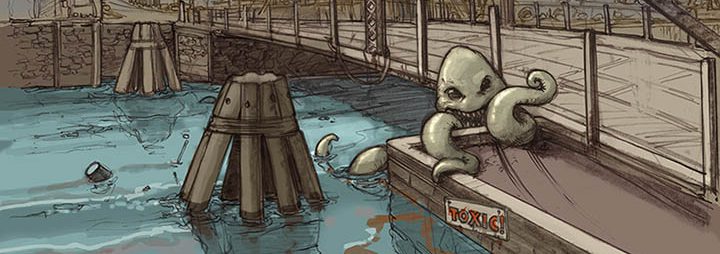Author Archives: Fatoumata
Fatoumata Site Report 1
My Brooklyn
This film made me think long and hard about the city I live in. It kind of hit home because I see something similar happening in my neighborhood today. Racism had alwaysys been an issue innthis country but gentrification is used as the forefront to allow it. Fulton mall was like a haven for the African American population that lived in Brooklyn during the 70’s. It was a way of life that many people adapted to and even more thrived. That was destroyed when city developers believed that capitalizing on something that was going well needed to be “fix”. I feel strongly about the way the city seems to always push this one specific demographic down whenever they are rising. They were pushed into an area and made it work for them and adapted to their environment. Now thatbtheybare making an unknown place profitable developers feel they can just come and take that away from them. They already weren’t getting good places to live or work and now they have to move because of someone’s habit of being greedy. The developers and city officials included might say that they were trying to make the Fulton Mall area more profitable but to me it only made things worst because now that neighborhood has lost its identity and flare it once had. Gentrification is doing more harm than good and those that aren’t directly affected by it couldn’t care less because at the end of the day they will still have what’s theirs. That’s was evident in the film when they asked white folks about their thoughts on the mall and the only responses that were received was negativity. New York will lose its fame and identity sooner or later because all these empty condos being built won’t have any residents residing in them due to high rent and non affordable living.
How the Coastline Became A Place To Put The Poor
- Jonathan Mahler wrote a eye opening article describing the the trend of building large scale projects by the shorelines of the Rockaways, Long Island, and Coney Island. In the 50’s, urban developers believed that building project buildings by the shoreline was more cost effective, but soon found out that it caused more harm than good. The project buildings became a haven for crime, proverty, and destruction. Urban developers such as Robert Moses only built these high rise projects as a way to relocate the “slums”-as he likes to call them. I believe this was his way of trying to get rid of street neighborhoods and cater to middle class citizens with money. By pushing needy families to a distant area that can be harmful and dagerous didn’t matter to him as long as they were able to fix up the city to cater to those with money. Hurricane Sandy is an example of how not much thought was put into the placement of these high rise projects. Giving those who needed public assistance a roof over their heads was the wool they put over people’s eyes from seeing what they really were trying to do and that was to get rid of the ghettos of New York.
The Uses of Neighborhoods
Jane Jacobs discusses in her book some of the uses of a neighborhood in a city. As I was reading I noticed some of the points she made in a way foreshadowed what we are currently experiencing with gentrification. For example: city officials try to make an “ideal” neighborhood by making it a place that contains mix uses. Today, many of the places such as Gowanus have structures going up but now include public esplanades that cater to those in the neighborhood. Jacobs also talks about how a neighborhood should have a strong local support in order to fight the city when it comes to unwanted renovations in their areas. Being in contact with your local assemblyman and attending board/community meetings is a way to make your voice heard. I agree with this because I have seen firsthand what can happen if a neighborhood doesn’t have a strong local government supporting it. For a neighborhood to survive, it’s streets need to survive since the streets make up the neighborhood and in a way give it its identity.
Citizen Jane
Citizen Jane was a moving documentary in how a women fought for her beliefs and her neighborhood. Jane Jacobs reminded me of a modern day Susan B Anthony. The way she stood up to Robert Moses and the city about the Lower East Expressway and about demolitioning Greenwich village made me realize that the same actions need to be taken today due to the gentrification issue rising. We are currently going through what they went through years ago with city officials trying to change neighborhoods and make them “better”. Jane Jacobs set an example for all people who to fight for what they believe in and tonalways protect their homes.



